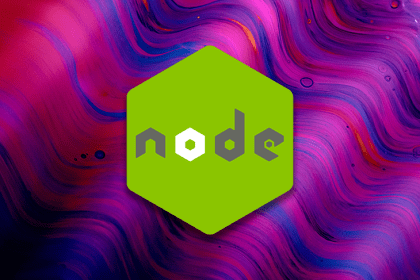
Test functions using the new Node.js native test runner, and compare its performance to testing frameworks like Jest and Mocha.
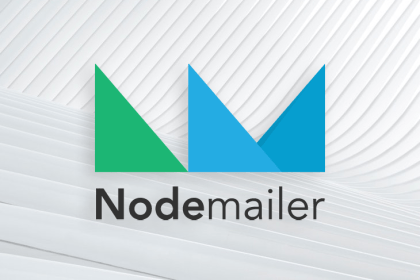
Learn how to use Nodemailer, a Node.js module with zero dependencies, to easily send emails from within your application’s server.
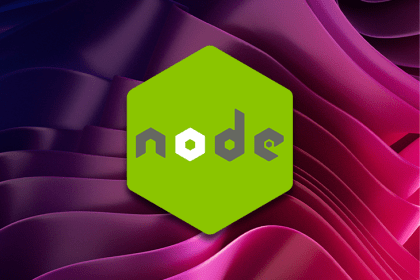
ultrafetch to boost node-fetch behaviorultrafetch adds caching capabilities to fetch and node-fetch to address one of the major drawbacks of both implementations of the Fetch API.
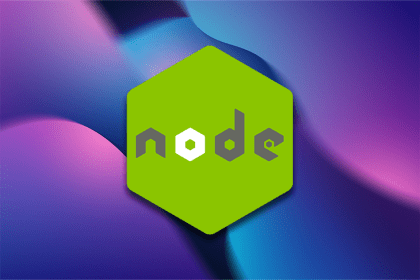
Let’s explore the pros and cons of Chocolatey, Winget, and other options for package management in Windows and beyond.
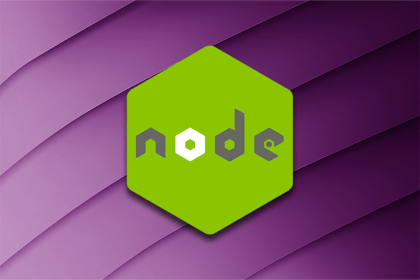
Integrating Wireit into your projects can help you optimize script execution, streamline processes, and boost productivity.

Discover the best Node.js job scheduler with this in-depth guide, including packages like Node-schedule, Cron, Bree, and Bottleneck.
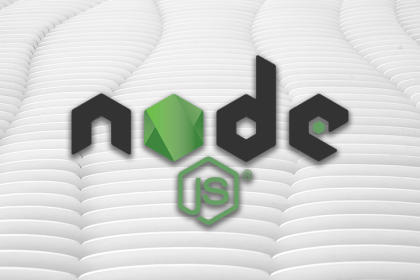
Review the Node.js event loop and its six major phases to learn how to write robust and secure code.
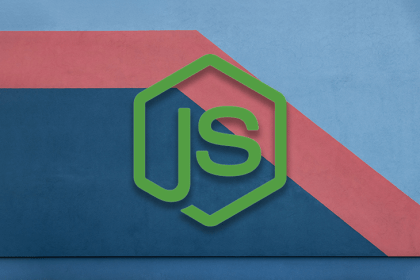
Learn how to configure Apache for a Node.js applications with Apache load balancing, caching, and reverse proxy.
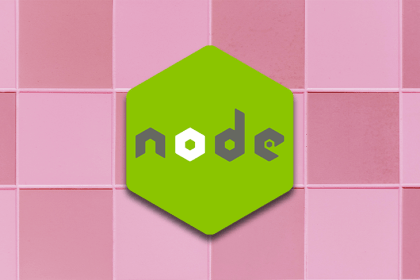
Build and deploy Node.js apps with Replit, an online text editor and IDE with powerful features for fast and collaborative development.
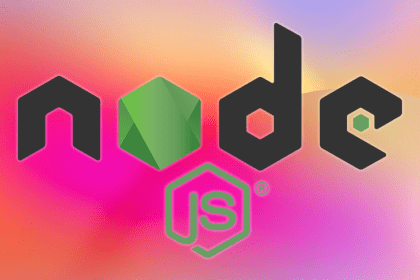
JWT is suitable for stateless scenarios and APIs, while server-side tokens work best for session-based authentication in web applications.
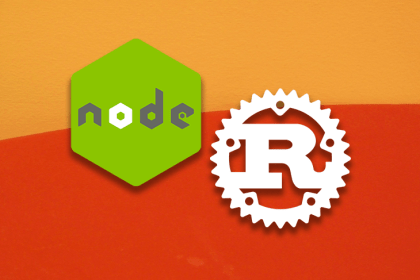
Use Node.js native addons and the Foreign Function Interface to build high-performance Node.js applications using Rust.
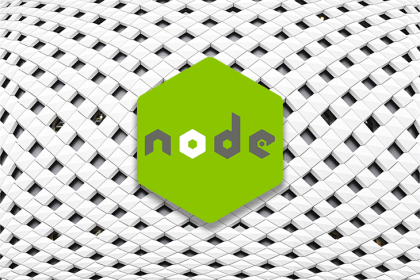
Compare some of the best Node.js unit testing frameworks in 2023, including Mocha, Jest, Supertest, and Webdriver.